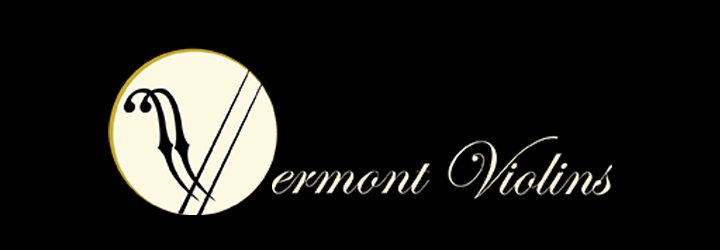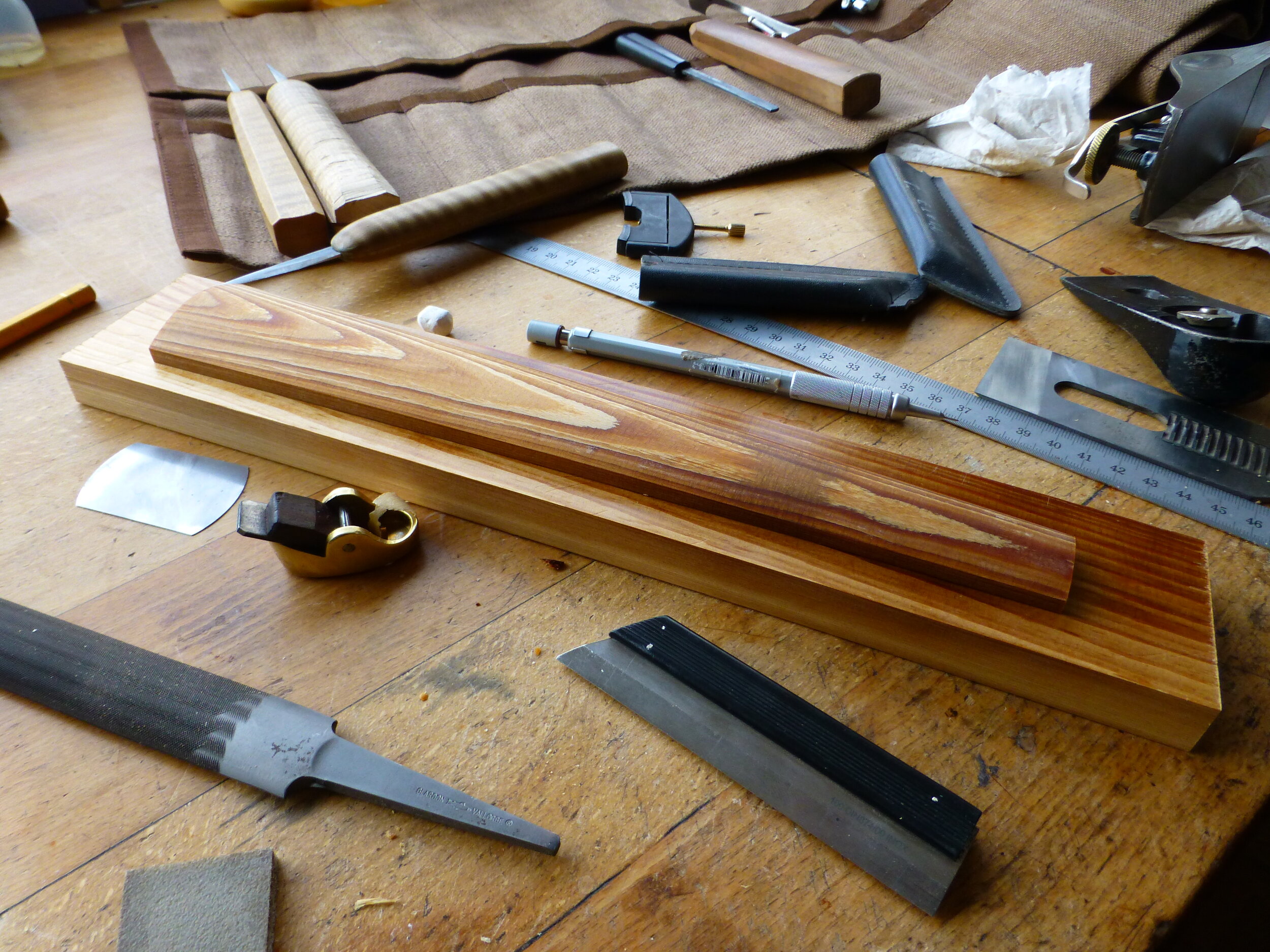Sonowood and the Search for Ebony Alternatives!
Ebony has long been the dominant wood used for fingerboards on violins. It is strong and acts like a splint to keep the weaker maple necks straight as an arrow, and it is visually beautiful.
But ebony is a threatened wood. Entire nations have lost their ebony forests to over-harvesting this rare commodity and like so many other natural resources, the supply is increasingly limited, the quality is diminished and our planet faces the very real possibility of losing this beautiful resource.
Already, of the seven species of ebony, four (Gaboon, Mun, Wenge, and Peruvian) have been classified as endangered, one critically. Additionally, the remaining three are near-threatened and either have restrictions on trade or are less suitable for their inconsistent color. Truly, the world needs an alternative! Violinmakers like us need an alternative. As with ivory, whalebone and tortoise in the past we need now to consider options in our craft to preserve our planet’s health and bio-diversity.
Bob Taylor, founder of Taylor Guitars, put it this way: “Ebony has been a wood that for two, or three, or four hundred years, we’ve gone into countries, and we’ve used the ebony until it’s all gone. [sic.] Literally. Then we move into another country, and we take their ebony till it’s all gone. Why do I say ‘we’?—because ebony isn’t cut in Africa for use by Africans. Ebony is cut in Africa to be sold to people like us, to make things like guitars out of. That’s the simple truth of the matter.”
We think we have found a viable option in Sonowood, a new product from Switzerland. Sonowood is a manufactured wood product, made entirely from indiginously-sourced spruce and maple. As a maker of violins, we consider it as effective a fingerboard (and nut, saddle) as ebony, and while offering a different aesthetic, they are beautiful. Our Luthiers love it too: it is easy to work with, planes as nicely as ebony with less tear out than the ebony we are often forced to purchase giving the limited availability of high-quality ebony.
As a natural product, it retains a natural feel, unlike carbon fiber and other synthetics. We like the dramatic flame figure and the sharpness of the edges allow a crisp presentation that nicely shapes the lines of the instrument. It is extremely strong, so it does not compromise the necks or flex under the player’s fingers, even in the upper positions.
In our accoustic tests, Sonowood also comes out ahead as a dynamic material with very little damping. Testimonials from players and makers alike confirm that the Sonowood fingerboards allow the instruments to sing in full voice!
We are proud to use Sonowood on our latest V. Richelieu violins and violas as one more thing we can do to help our planet and to help shape our industry to conform to a higher sense of environmental responsibility. As the primary North American importer, we believe we have a wonderful opportunity to help spread the word on this remarkable material!
“Bravo to you for the non-ebony fingerboards!
Thank You for promoting a good-working, sustainable wood for acoustic instruments. Acoustic music is a wonderful thing, a talent to be developed, and a balm for the soul, but we’ve got to be cognisant of where the instrument woods are coming from, the availability, and alternatives if a material becomes scarce or problematic to obtain. Change is not necessarily a bad thing, in fact, it can be an improvement.
Thank You again for having the courage and care of our environment to look for an alternative and your promotional efforts of this wood.”






